Lemon Borage leaves turning brown
Jude
2 years ago
Featured Answer
Sort by:Oldest
Comments (6)
Jude
2 years agoRelated Professionals
Glassmanor Landscape Architects & Landscape Designers · Richmond Heights Landscape Architects & Landscape Designers · Amesbury Landscape Contractors · Englewood Landscape Contractors · Monterey Landscape Contractors · Holly Hill Window Contractors · Kuna Window Contractors · Marshfield Window Contractors · Opa Locka Window Contractors · Scotts Valley Window Contractors · Webster Groves Window Contractors · Fairfield Landscape Contractors · Gainesville Landscape Contractors · Springdale Handyman · Channahon Handymantapla (mid-Michigan, USDA z5b-6a)
2 years agoJude
2 years agotapla (mid-Michigan, USDA z5b-6a)
2 years agolast modified: 2 years agofloral_uk z.8/9 SW UK
2 years ago
Related Stories
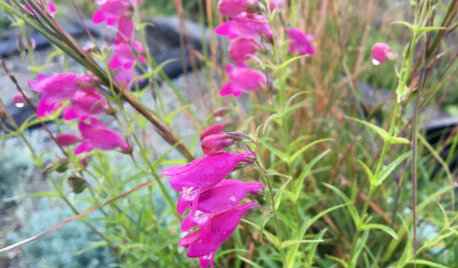
GARDENING GUIDES10 Tips for Leaving a Garden Behind
You can make parting easier by taking ideas and plants with you
Full Story
COLORBest Ways to Use the Soft Yellow Color of 2014
You may fall for PPG Pittsburgh Paints’ Turning Oakleaf if you like your hues warm, mellow and cheery
Full Story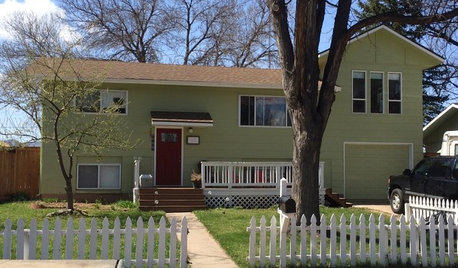
PAINTINGShare Your Biggest Paint Color Mistake
Did a shade that looked perfect in the store turn out to be less than perfect on your walls? Let’s swap stories!
Full Story
LIFESimple Pleasures: Put On Your Slippers
Preserve the peace and protect your floors and carpets by turning your home into a no-shoes zone
Full Story
COLORBeige Is Back: Designers Share 10 Beautiful Warm Paint Colors
Enthusiasm for cool grays has waned, and warm neutrals have returned. See which beige and greige tones designers prefer
Full Story
KITCHEN DESIGNHouzz Call: What’s Cooking in Your Kitchen?
Most of us turn to recipes, videos and culinary shows when we cook. Where do you set your cookbook, tablet or TV screen?
Full Story
BEFORE AND AFTERSA ‘Brady Bunch’ Kitchen Overhaul for Less Than $25,000
Homeowners say goodbye to avocado-colored appliances and orange-brown cabinets and hello to a bright new way of cooking
Full Story
HOLIDAYS25 Gorgeous Holiday Mantels by Houzzers
Laden with boughs, lights and even lemons, these decorated fireplace mantels show a festive Christmas spirit and a creative approach
Full Story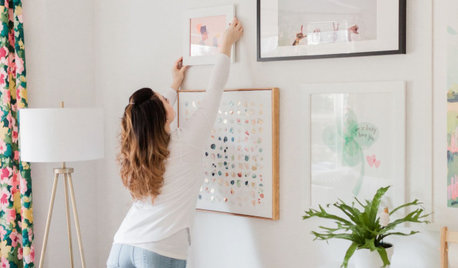
HOUZZ CALLHow Are You Staying Active at Home?
Have you turned a bedroom into a home gym or planted a flower bed? Tell us how you’re getting exercise around the house
Full Story
COLORFUL HOMESThe Best of My Houzz: 10 Living Rooms With Wall Colors to Love
Jet black, Meyer lemon yellow, mossy green — these spaces make a statement with bold color
Full StoryMore Discussions






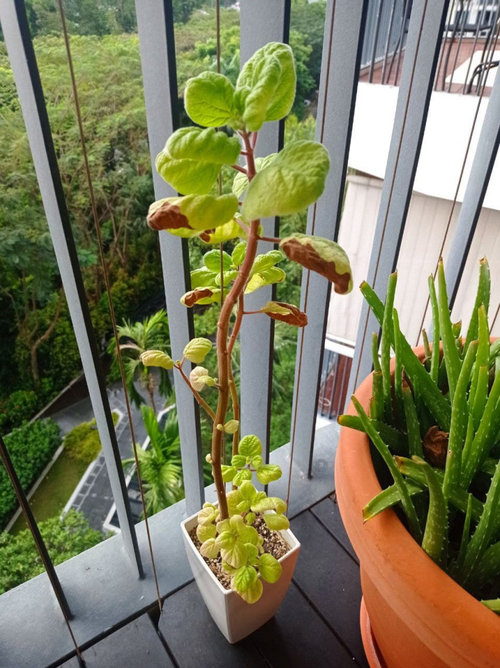
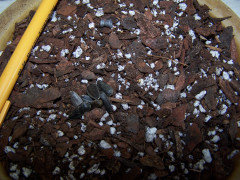
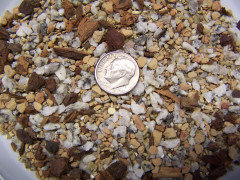
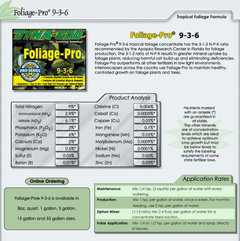
tapla (mid-Michigan, USDA z5b-6a)